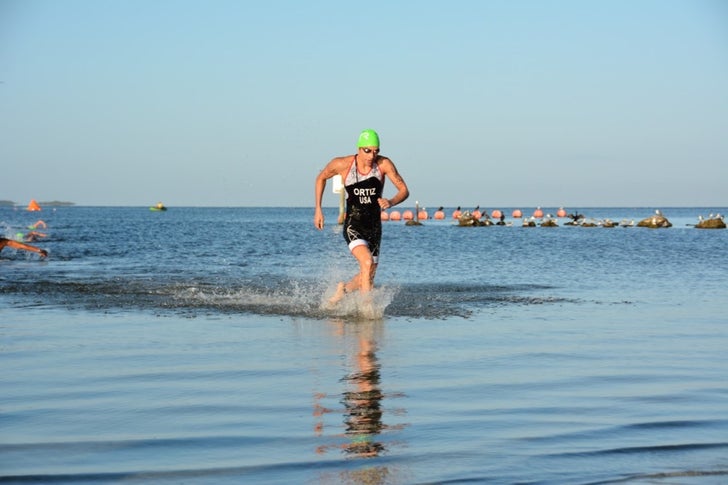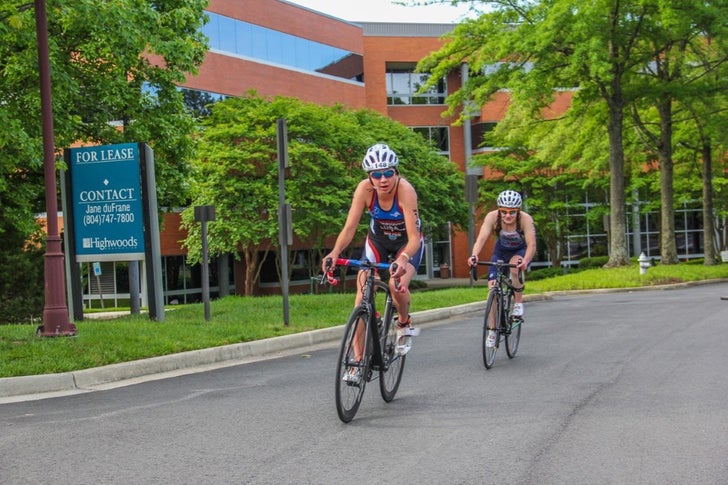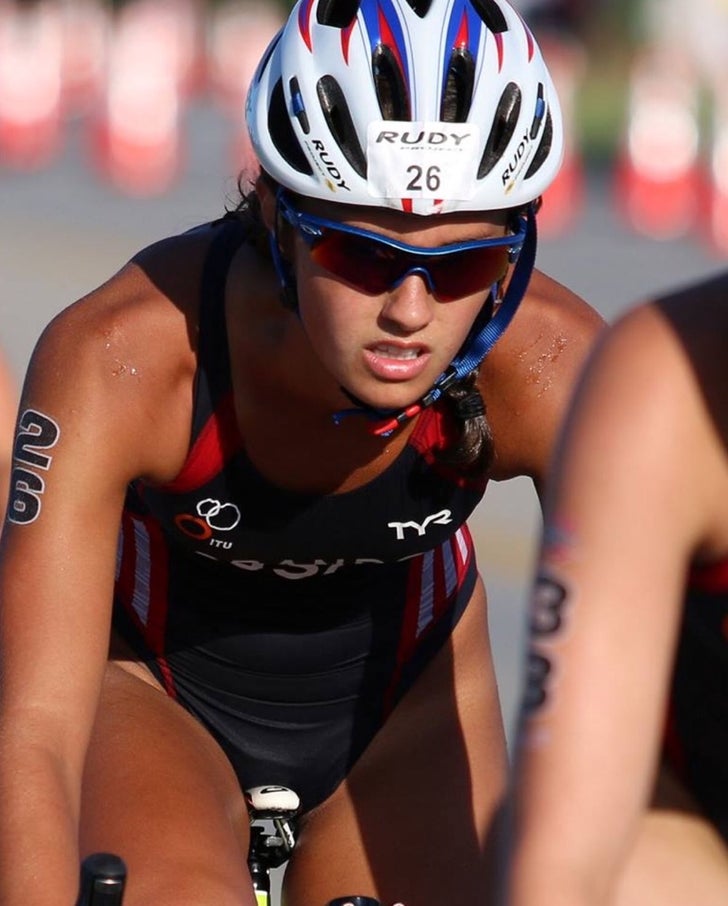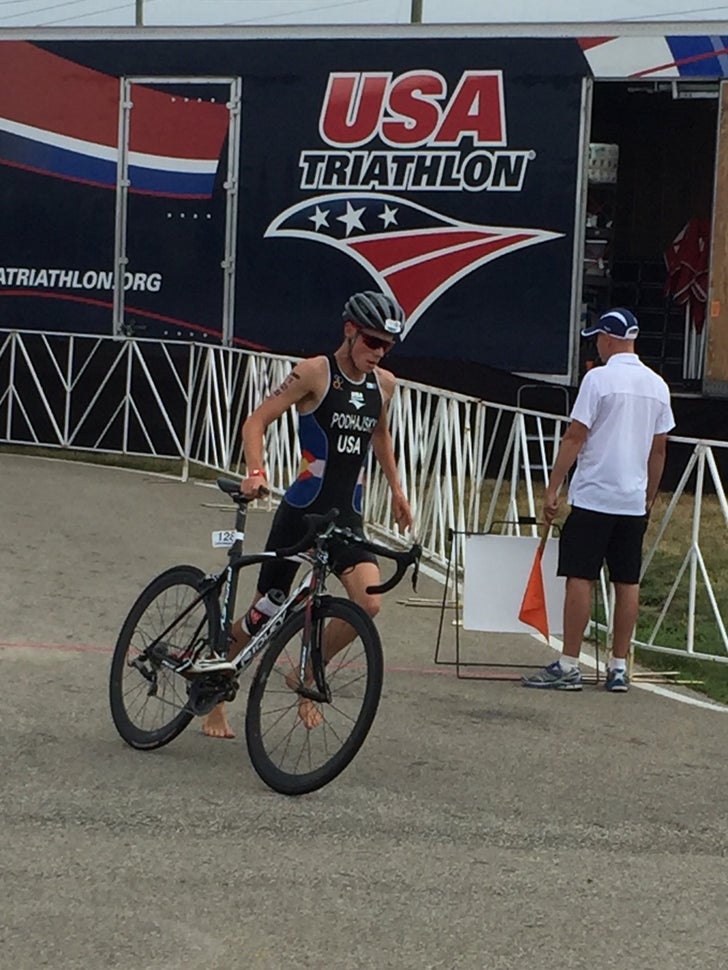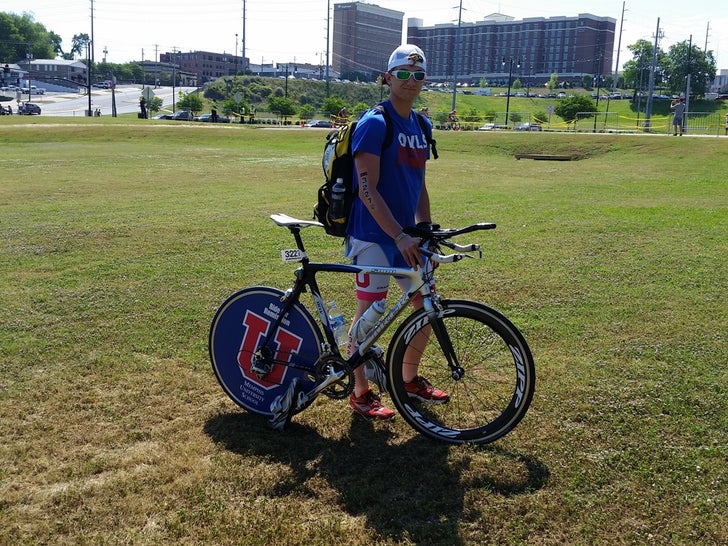New perk! Get after it with local recommendations just for you. Discover nearby events, routes out your door, and hidden gems when you sign up for the Local Running Drop.
USA Triathlon’s High School Program is creating a new generation of multisport standouts.
USA Triathlon is investing in the future in a big way. A new initiative by the governing body of multisport has been successful at attracting new adolescents to the sport as well as retaining youth triathletes for a lifetime, says Jessica Welk, High School, Collegiate Club, and Women’s NCAA Coordinator for USAT:
“When we looked at our athlete pipeline a few years ago, we noticed a gap at the club level. Kids were competing in youth triathlons, but then exiting the sport. It didn’t make sense for us to have kids competing in youth triathlons, but then no racing opportunity until these same kids get to college [where triathlon is an emerging NCAA sport]. If we lose them, will they ever come back?”
In response, the organization developed the USA Triathlon High School Program to create opportunities for adolescents to compete alongside their peers. In addition to adolescent-only races, the USA Triathlon Foundation offers a High School Program Grant to support multisport efforts at this level, be it a grant for new school-sponsored clubs or race directors wishing to host a high school event or wave.
In only one year, the program has become a roaring success. Demand for high school races is so high, USA Triathlon announced last week they were expanding their competition program, building on a single national championship event in 2016 with 15 new state championship events across the country in 2017.
It’s exciting news for young multisport athletes like 16-year-old Lauren Garriques of Lake Forest, Illinois:
“I love racing with people my own age. At 16, you know your competition is going through the same things as you—hard school courses, tough training, growing bodies and trying to figure out college—but at the same time we all share a passion for triathlon.”
Garriques is one of many high-school athletes in the USAT program with dreams of one day racing competitively at the collegiate level or on the ITU circuit. Though Welk says this new initiative does have the benefit of providing a pipeline for identifying and retaining promising young athletes for competition, the ultimate goal is to create lifelong athletes.
“By bridging this gap in high school, we can have kids going from youth triathlons to high school competition, to collegiate and then age-group racing without any lapses in competition. We believe this continuity will result in longer-term engagement in the sport,” says Welk.
More importantly, the benefits of triathlon—goal-setting, time management, and responsibility and commitment—can help high school students become well-rounded individuals at a critical point in the lifespan, Welk asserts. Evidence of this is clear in interviews with young athletes in the program, who credit triathlon with changing their lives for the better.
